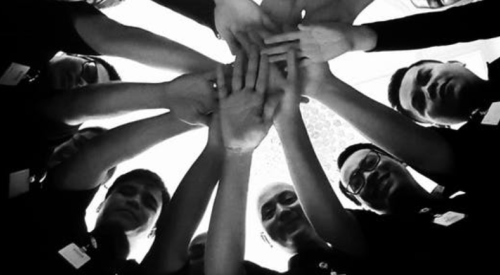|
Relentless focus on buyer behavior has been a 20-year devotion for New York-based consultant and author Paco Underhill. Like a naturalist observing the wild, Underhill and a staff of correspondents follow shoppers through stores and capture their movements on hidden video cameras. These methods might seem intrusive, but retailers such as McDonald’s, Gap, Ann Taylor and Starbucks clamor for these results.
Recently translated into the book Why We Buy: The Science of Shopping, Underhill’s behavior data are a treasure trove of do’s and don’ts. Don’t put your best product near the front door. Most people walk right past it. Do supply plenty of chairs. Buyers are often accompanied by children and spouses who are less impatient while seated. Do put your best products to the right of the entrance. Most shoppers, for some reason, turn right upon entry.
But Underhill’s cultlike following extends beyond retailers and consumer products to developers such as The Rouse Co. and several large builders. He is a frequent speaker at major home building events, and his grasp of the central issues facing home building customers is well-known. It partly stands to reason. Underhill was a land planner before launching the forerunner to his consulting firm, Envirosell, in 1979.
He was among the first to spot that a growing number of households now require two master suites to accommodate nontraditional families. These include moms and kids living with parents, and recent immigrants who culturally prefer extended families under one roof. He is also an ardent supporter of the trend to market lifestyle over the features and benefits of specific homes.
“People coming into a metro area are much more focused on the way they will live rather than looking for a specific property,” Underhill says. “They may come in asking for a New Urbanist community, something that has mixed uses and is walkable.”
Underhill says that builders generally seek his advice in four areas:
On the rise, he says, are “women buyers of all types, households with two nonmarried adults, and reconstructed families with children on weekends.”
Sales associates today, Underhill contends, need to identify the myriad needs of an increasingly complex set of home buyers. They also need to adapt and tailor their sales scripts on the fly to fit each prospect. The best sales associates should be equipped with “improvisational” skills, he says.
“If you go to most selling zones, you can sit down and write out between five and 10 scenarios that cover 70% of the customers walking through the door,” Underhill notes.
When shopping for big-ticket items such as homes, “buyer comfort comes with having the appropriate chair and a space configured so you can have a table where the salesperson and the customer can sit side by side instead of across from one another,” Underhill says. “It builds confidence in the relationship.”
Perhaps Underhill’s biggest contribution to the builder community relates to his understanding of the role the Internet will play for new home shoppers over the long term. He thinks the Internet is evolving into a local tool rather than a global one.
“If I am selling a home in Iowa City and in Pacific Palisades, the Net is going to play very different roles,” he explains. “While in both cases buyers will use the Internet to pre-shop, that pre-shopping will be different in a large city and a small university town.”
| “Builders who do not pay attention to the needs of new and different family considerations operate at their own peril.” |
Underhill was also one of the first to talk about using the Net in an “integrated marketing experience.”
“You have print, models and the Net, all of which will hopefully work together,” he explains. “Someone may look at the real estate section, and that drives them to the Net. Others may go to your demo, and rather than driving back, use the Net for their second or third visit or to schedule an appointment.”
He also sees a big role for the Net in meeting the needs of a growing relocation market. A large developer with both rental and for-sale properties could join or start a national real estate network and structure a Net-based package that allows frequent movers to rent a luxury apartment for six months with a lease cancel-able on 30 or 45 days’ notice.
Deep consideration of the needs of relocaters and other growing niche groups will be key for builders in the years ahead, Underhill summarizes. Targeted design refinements will often be the correct response.
“The design of most home selling environments is for a perfect nuclear family,” he says. “Builders who do not pay attention to the needs of a host of new and different family considerations operate at their own peril.”












